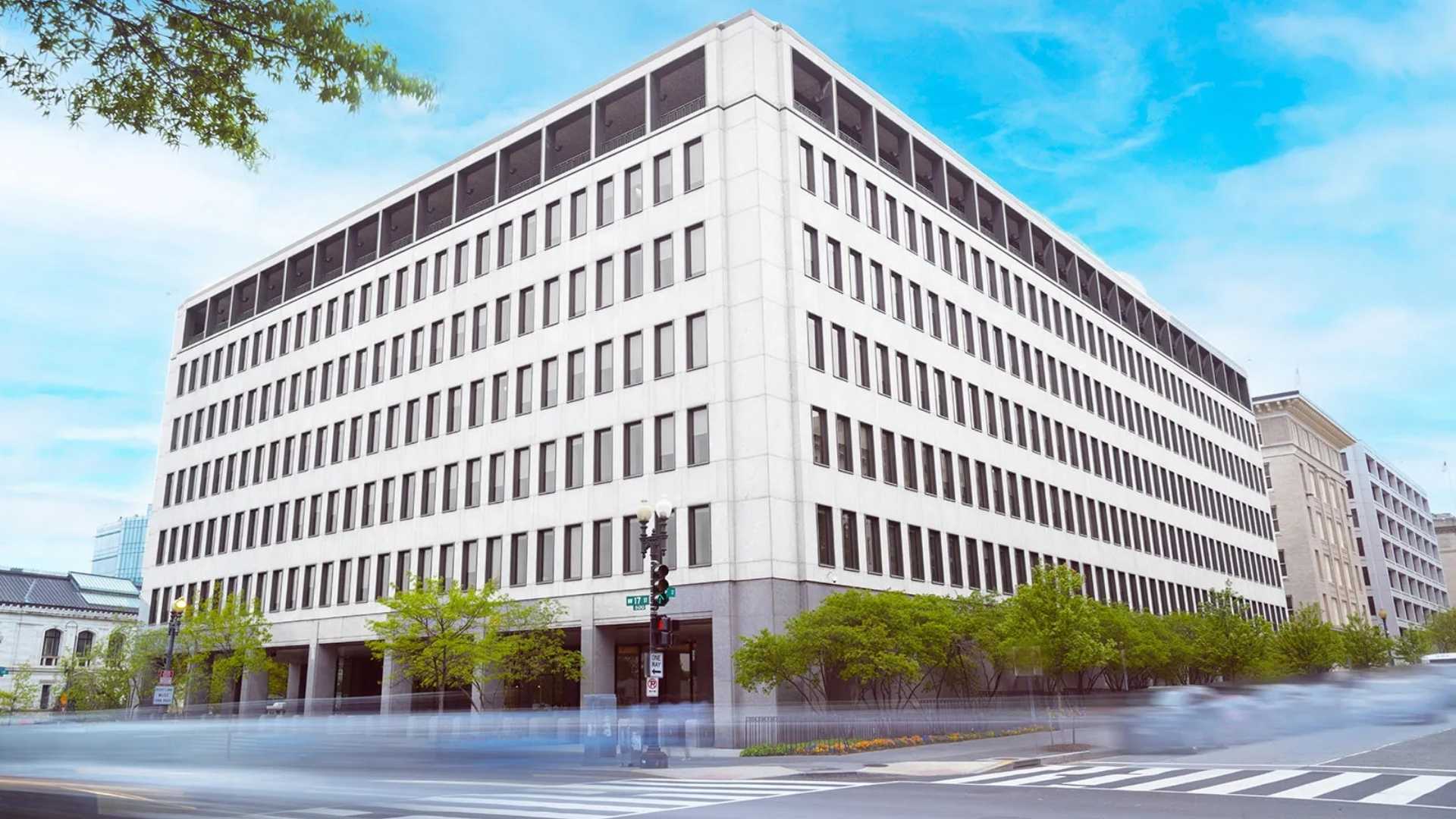Federal Deposit Insurance Corporation (FDIC): It is officially known as the Federal Deposit Insurance Corporation FDIC, and plays a crucial role in safeguarding public confidence in the United States banking system. It was established during the Great Depression on June 16, 1933, through the Banking Act of 1933. This is an independent federal agency that insures deposits in banks and savings institutions. It further ensures that the customers’ funds remain protected even if their bank fails.
History of the FDIC

The FDIC was created in 1933 under the Banking Act, part of President Franklin D. Roosevelt’s New Deal programme. At the time, thousands of banks had collapsed, wiping out people’s savings. The FDIC introduced federal deposit insurance in American history, providing both relief and reform. It was able to quickly restore trust in the banking system as it guaranteed that depositors would not lose all of their money in case of a bank failure.
Timeline of Development
The table below shows the timeline and history of the FDIC:
| Year/Period | Key Development |
| 1933 | The FDIC was founded under the Banking Act of 1933, part of the New Deal reforms. |
| 1934 | Deposit insurance coverage is initially set at $2,500 per account. |
| 1950s–1980s | Coverage limits have been raised multiple times, reflecting inflation and economic growth. |
| 2008 | Amid the global financial crisis, coverage was temporarily increased to $250,000. |
| 2010 | The Dodd-Frank Act made the $250,000 coverage limit permanent. |
What are the Functions and Powers of the FDIC?
The federal insurance deposit corporation serves multiple functions:
-
Deposit Insurance: Provides coverage up to $250,000 per depositor, per bank, per ownership category.
-
Bank Supervision: Oversees financial institutions to ensure compliance with banking laws.
-
Resolution Authority: Manages failed banks, ensuring smooth transitions while protecting depositors.
-
Consumer Protection: Educates the public on safe banking practices and resolves complaints.
The FDIC does not rely on taxpayer funding. Instead, it is financed through premiums paid by member banks and from earnings on investments in U.S. Treasury securities.
FDIC Today
In 2025, the FDIC federal deposit insurance corporation, continues to adapt to financial risks such as cyber threats, fintech disruption, and global market volatility. According to the FDIC deposit insurance, nearly all U.S. banks are FDIC-insured, which gives American depositors peace of mind. The recent updates include increased emphasis on:
-
Digital banking security and fraud prevention.
-
Expanding public education campaigns about insurance coverage.
-
Reviewing whether coverage limits might need future adjustments due to rising inflation.
Also Read: Who is on the 2 Dollar Bill? Check History, Symbols, and Facts
Top 8 Major U.S. Banking Reforms Through History with Timeline
Top 10 Best Business Schools in the U.S. (2025)
Was the FDIC Successful?
Therefore, it can be said that since its inception, no depositor has lost a single cent of insured funds. This makes the FDIC one of the most successful financial safety nets in American history. It ensures confidence in the banking system across generations.
To see more of such stories, you can go ahead and add this site to your preferred sources by clicking here.
Comments
All Comments (0)
Join the conversation